Never lose any of your hard work with these essential backup workflows for all standalone MPC and Force users.
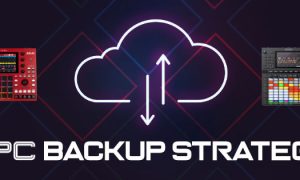
Akai Force Tutorials – Tutorials, tips, tricks & workflows for Akai’s standalone clips-based groovebox/instrument, the Akai Force.

Never lose any of your hard work with these essential backup workflows for all standalone MPC and Force users.
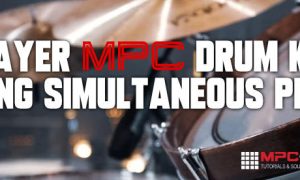
Learn how to extend the MPC’s velocity switching capabilities to build drum kits with up to 20 dynamic layers!
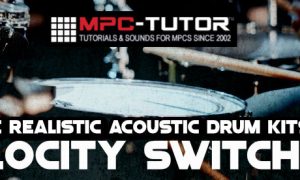
Learn how to create realistic sounding acoustic drum kits in your MPC using 4 layer velocity switching.
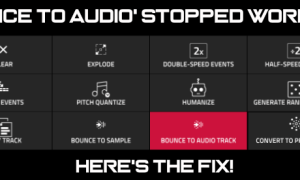
If ‘bounce to audio’ or ‘flatten pad’ has suddenly stopped working in your MPC, check this tutorial for the easy fix!
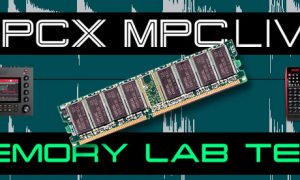
How much RAM is actually available to use inside a standalone MPC? I did the geek-tests so you don’t have to!
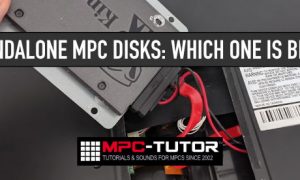
Which type of ‘attached’ disk is the best option for a standalone MPC? In this article we’re going to look at the pros & cons of each type.

Discover the new Sound Browser, introduced in MPC 2.11 to provide a new alternative way of looking for plugin presets, kits & instruments.
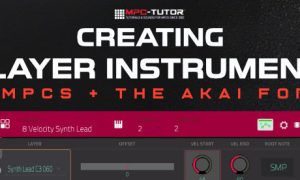
Learn how to create 8 layer keygroup instruments in the MPC & Akai Force
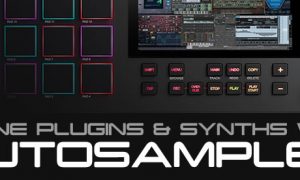
In this MPC X, MPC One & MPC Live tutorial I’m going to take a look at the MPC Autosampler which allows you to ‘clone’ your favourite VST/AU instrument patches so they can be used as standard ‘keygroup’ programs in standalone mode.